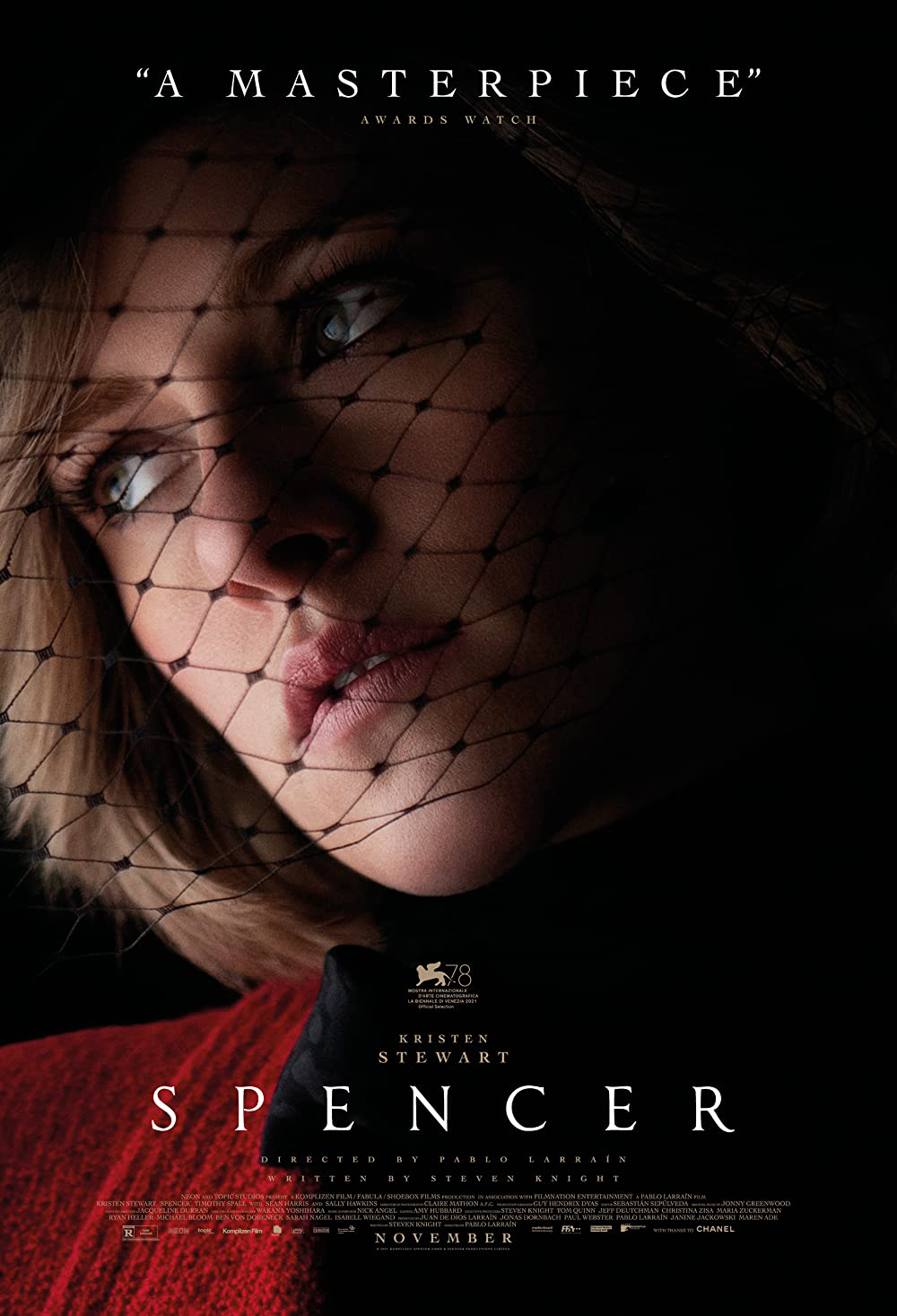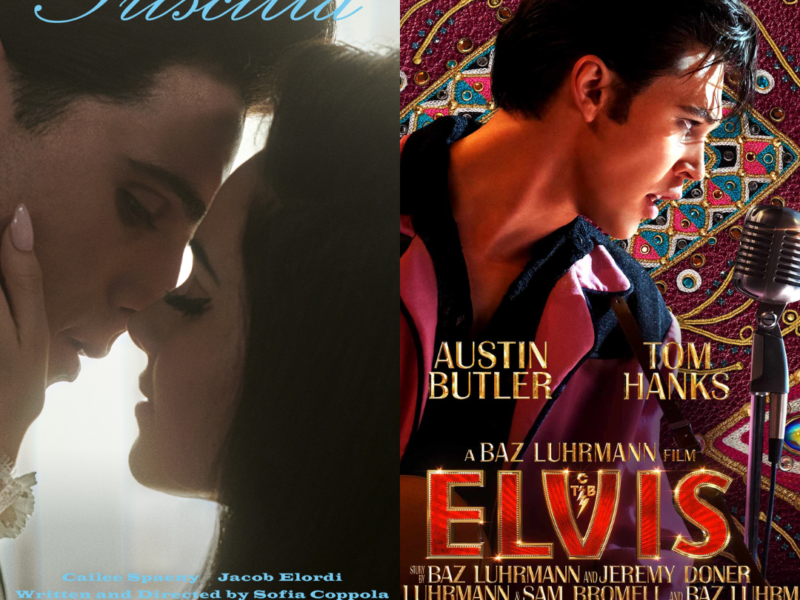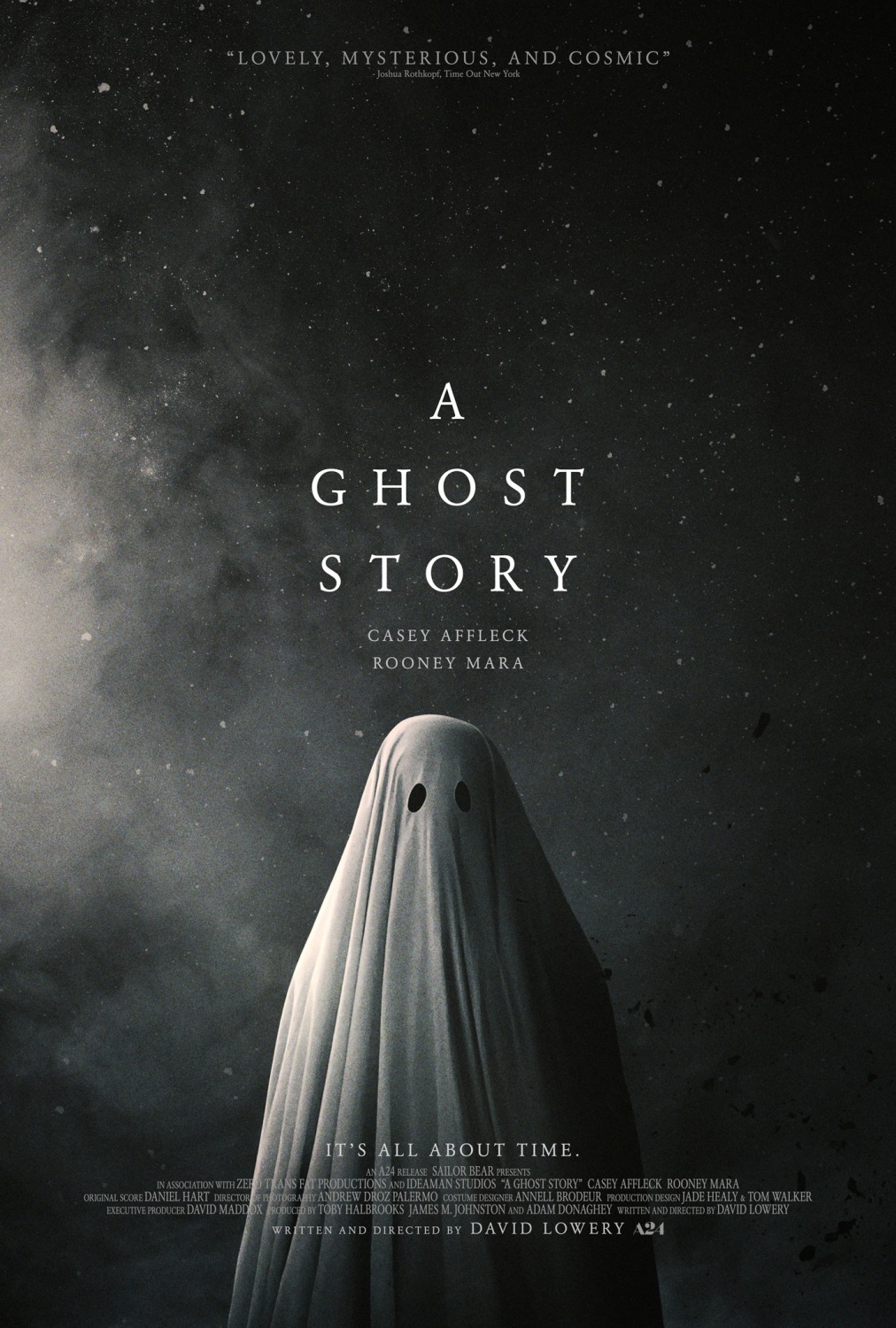‘Spencer’ is a vislook into the troubled mind of the late Princess Diana.
Courtesy for IMDB
By Aubrey Carr
Everybody knows about Princess Diana. The thing is, “Spencer” isn’t the story of the people’s princess, it’s the story of ordinary Diana Spencer. And unfortunately, her tale is a lot more tragic.
Pablo Larraín’s “Spencer” is an evocative depiction of one of Princess Diana’s last Christmases amongst the royal family.
Diana (Kristen Stewart), who is lovelessly married to Prince Charles (Jack Farthling), must return to Windsor Castle for a three-day holiday celebration marked by intrusive traditions and an authoritarian ambience.
The controlling atmosphere triggers Diana, who had previously struggled with mental health issues, into a downward spiral of self-harm and depression.
The opening credit of the film describes itself as “a fable from a true tragedy,” an interesting acknowledgment that gives the film permission to dive away from strict historical accuracy and instead tell a fantastical tale of Diana’s declining mental state.
Stewart breathtakingly stars as the beloved princess.
Long gone are Stewart’s cold “Twilight” days, traded instead for a remarkably human portrayal of the iconic figure. Stewart’s performance is haunting, showing the true mental turmoil of Diana, underneath the character’s posh exterior.
The film is a far cry from the usual approach to royalty. Rather than an idyllic look into the lives of princes and queens, the movie feels more like a cautionary tale.
“Spencer” is not a pleasant film. It is beautifully crafted and wonderfully acted, but it is not an enjoyable thing to witness. Diana’s painful decent into mental instability is displayed using various visual metaphors meant to represent the character’s inner turmoil.
A string of pearls acts as a device to display the thoughts of the protagonist. At one point Diana, who struggles with a severe eating disorder, imagines herself swallowing the pearls as she eats, causing her to vomit. It is a brilliantly visual way to display the character’s internal struggle with food. Later, the same set of pearls tightens around Diana’s neck, choking her. An obvious reference to the overbearing nature of the royal family.
But, as advantageous as the indirect imagery can be, it is also the movie’s greatest downfall.
At times, Larraín’s dedication to symbolism comes across as pretentious. The film loses itself to its artistry, leaving its intended meaning buried underneath layers of fluff.
This is most prevalent at the climax of the movie. There is a longwinded montage of Diana throughout her life until finally she is seen fully grown, dancing around in a variety of her most iconic real-life outfits. It’s a beautiful scene, but it feels less like a meaningful sequence and more like a clip from a music video.
Though “Spencer” loses its meaning to the artful equivalent of rambling, there is no denying the absolute beauty of the film. Beyond the obvious quality of Stewart’s performance and the gorgeous costume design throughout, the movie is gorgeously shot by cinematographer Claire Mathon (“Portrait of a Lady on Fire”).
“Spencer” is a carefully crafted and exquisitely visual movie, but it’s indirect approach to storytelling means it is not for everyone.
[3/5 stars]



